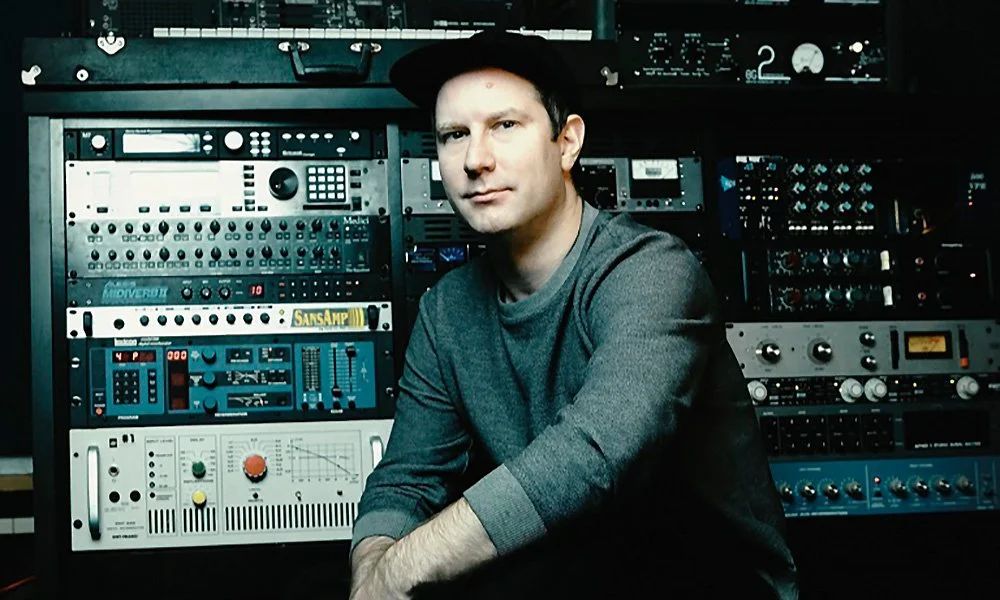Chris Coady (TV On The Radio, Grizzly Bear)
Chris Coady has been one of the more notable indie-rock producers and mix engineers over the past twenty years. He did some early work with The Yeah Yeah Yeahs, tracking Show Your Bones and mastering Fever to Tell; he engineered Desperate Youth and Return to Cookie Mountain for TV On The Radio; mixed Grizzly Bear’s Yellow House; and produced and mixed four Beach House’s albums from Teen Dream to Thank You Lucky Stars.
Tell us about your current studio setup.
I love it all. I use lots of analog summing and outboard equipment as well as all of the plugins and software. In some cases, I will go completely analog if a project will benefit from it and the same goes for digital in-the-box mixing — sometimes that’s the better sounding approach.
For speakers, I tend to get used to something and stick with it for a while. For the last six or so years, I’ve been working mainly on PMC Two Two 8’s as well as Auratones and my old pair of NS10s.
I think with the availability of great-sounding software, it’s possible for someone to make incredibly high-quality songs and productions without the high costs that studios and recording used to carry. It really levels the playing field.
Having mixed and produced so many songs over the past few years, how do you stay fresh and excited about making music every day?
I definitely go through times where I need extra motivation but there is so much good music that there’s always inspiration there when you need it. Also, just when I think I know everything there is to know about making records someone new and usually very young comes along and creates a new musical paradigm.
When I feel tired of the same old music, I turn to listen to whatever is the newest, and if I get bored with that, I dig deep into musical history. Switching between new and old music can keep you engaged forever.
How do you typically approach a mix?
I start by listening to the song on my phone usually and I get a superficial impression of where it’s at in the real world. Then I’ll go into the control room and listen to it on the detailed speakers to get a sense of the recording quality and the detail of the work that’s gone into making it. Also, I try and memorize the parts and make a plan on if it’s a song with big dynamic changes or if it’s stronger staying the same volume. It’s during this time that I usually decide on what effects I’ll use.
Once I have the song up in Pro Tools, I’ll pull a template that will either be analog, hybrid, or in the box. If I change my mind during the process on how it will be mixed, I have a system of switching while keeping the work I’ve done so far.
I try and get the vibe of the mix in place within the first 20 minutes. I tend to do this then spend the rest of the day or even multiple days working on the finer details. But the initial mix is usually established very quickly.
Sometimes I will hear an opportunity to change an arrangement on the song while mixing in a way that would enhance the song. This is a choice that I make carefully because, if it’s a new client, it can either make them more excited about working with you or backfire and make them upset for overstepping your role.
Like anything, you have to read the room and make extra sure that your decision is helping and also welcome. With all of that being said, I’d say I do something like that a couple of times per album.

